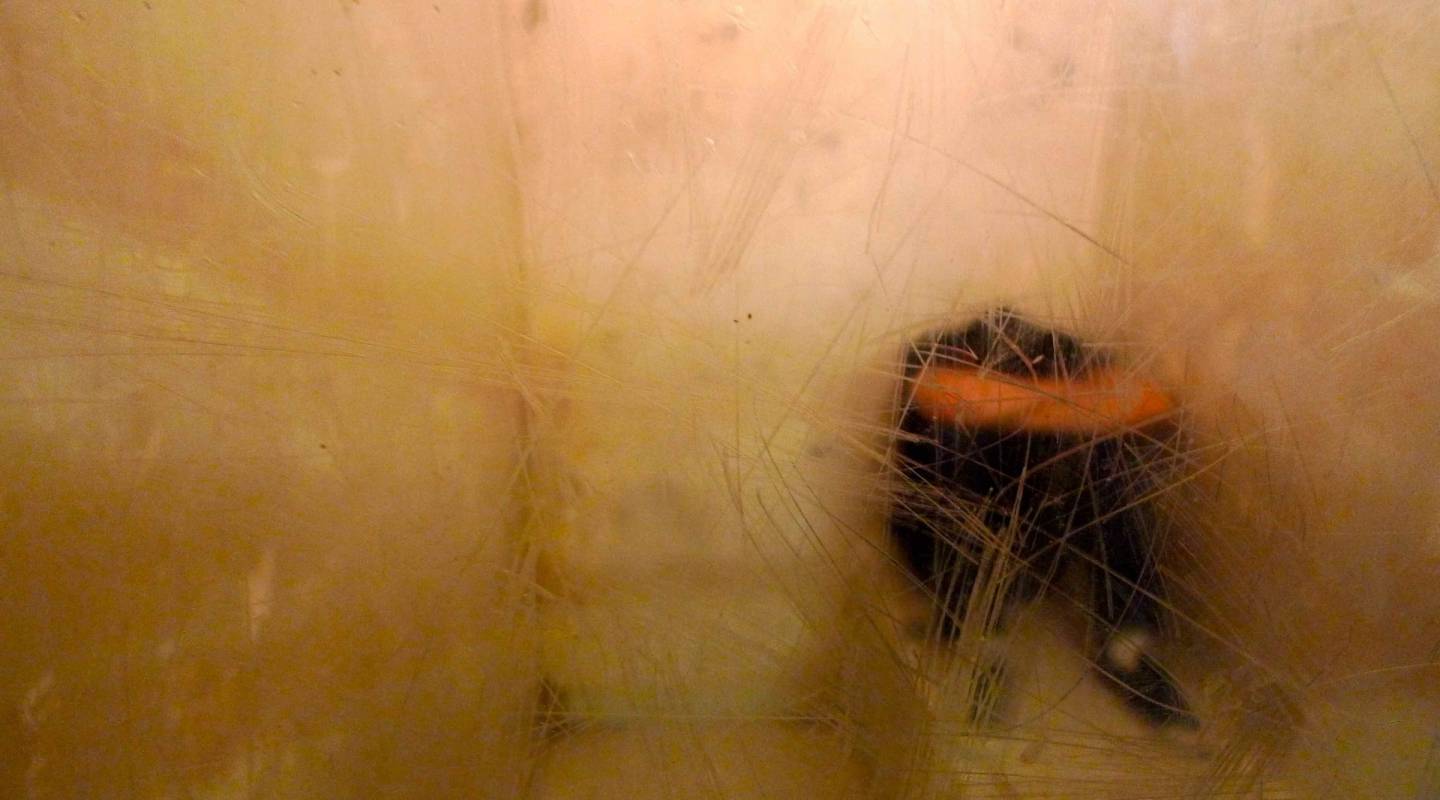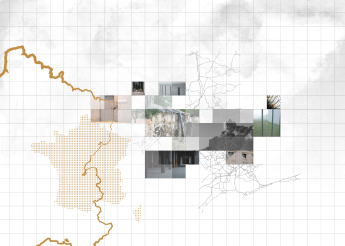Individuals who have committed offences and have been found not criminally responsible are subject to treatment order known as internment. This measure of “social defence” aims ─according to Article 2 of the 5 May 2014 law─ to “protect society and ensure that the interned person receives the care required by their condition with the aim of reintegration into society”. The safety of society takes, however, precedence over the reintegration perspective.
A court can impose an internment measure on a person declared not criminally responsible. The CPS is responsible for the placement of individuals subjected to this measure, which can be imposed at any time during the criminal justice process. The person’s consent is not required. The CPS can commute a prison sentence into a care measure at the request of the prison administration and after receiving the opinion of a psychiatrist. The CPS is responsible for the execution of this procedure.
Transfer. Transfer delays to specific facilities are usually long. People can wait up to two years to enter the Paifve Social Defence Facility (établissement de défense sociale, EDS). While awaiting transfer, prisoners remain in psychiatric annexes.
Placement duration. The length of placement depends on the facility. The Paifve EDS holds individuals subjected to an internment measure for an average of seven years. The CPT observed the case of one person placed in 1977, who was still present in 2017. It reported that interned patients stay longer due to the lack of space in other psychiatric facilities. This situation hinders the admission of new patients. The average duration of the placement at Tournai psychiatric hospital is eight years.
Measure review. The CPS is responsible for the measure review, which is done at the patient’s request or by court order. The CPS can adapt the execution conditions according to the patient’s health improvement. It may grant “limited detention” to allow the patient to leave the facility for up to 16 hours a day. Release on probation or early release may also be granted when the mental illness “is sufficiently stabilised so that there is no longer any risk of a recurrence of personal injury.” In general, the CPS grants few release measures to sexual offenders.
Individuals subjected to internment measure may appeal against it to the “Indictment Division” (Chambre des mises en accusation) within 30 days of the decision. If a prisoner is subject to an internment measure, they can appeal against it before the Court of Appeal within 15 days of being notified of the decision.
In principle, individuals subjected to an internment measure are placed in specific facilities. There are three types of facilities.
Social defence facilities and sections (EDS and SDS)¶
There are seven social defence facilities and sections. The Paifve EDS is exclusively reserved for individuals subjected to an internment measure and is under the responsibility of the prison administration. The correctional facilities of Antwerp, Merksplas, Turnhout, and Bruges each have an SDS on their premises. The SDS in Bruges is the only one designated for women.
Daily life¶
EDS function similarly to psychiatric annexes. Prison officers supervise most patients. The CPT reported that security logic marks their care. It observed the absence of any appropriate therapeutic or occupational activities at Paifve’s EDS. The high rate of officer absenteeism limits the activities offered. People placed in this facility have limited access to showers. Room doors are generally open during the day, except for patients considered difficult.
All patients are generally entitled to a one-hour walk per day. They may be placed in seclusion for disciplinary and medical reasons. Isolation for disciplinary reasons takes place in the patient’s room, whereas medical isolation takes place in solitary confinement. Medical isolation must be ordered by the psychiatrist. The CPT found no therapeutic justification for disciplinary isolation.
The CPT reported that patients are handcuffed during their transfer to solitary confinement, and sometimes during the isolation measure at the Bruges’ SDS. It reported a lack of justification in some cases.
Treatment plans¶
Patients in Paifve’s EDS have access to a psychiatrist every four to six weeks. Psychiatrists intervene mainly in emergencies, and psychologists conduct most follow-ups. The nursing staff is absent in the evening and on weekends.
The CPT reported that the medical records included no individual treatment plans. Group and occupational therapy are held irregularly; medication remains the primary treatment. Families are not kept informed about the progress and follow-up of their relative at Paifve’s EDS. Little contact is possible with health professionals.
Three SDSs provide a “specific programme for individuals with mental illness subjected to an internment measure;” this is conducted by professionals external to the prison system. Three psychiatrists oversee the SDS in Bruges as well as the whole correctional facility.
Training¶
Prison guards at Paifve’s EDS receive no specific training. They do not have first aid training either.
The law provides for specific training for prison guards working in SDS. None of them have received this training.
Continuity of treatment¶
Continuity of treatment is similar for all individuals subjected to an internment measure, regardless of the facility.
Projects entitled “Care journeys for interned patients” (Trajets de soins pour patients internés, TSI) are being developed in Brussels and Wallonia to ensure continuity of care and promote reintegration. A care protocol is possible in psychiatric facilities or on an outpatient basis. The healthcare teams set up a “care network” with the designated facility, and a coordinator ensures continuity of relations in both medical and judicial terms.
A specialised “outreach” team at the Sint-Kamillus hospital follows up on discharged patients.
Forensic psychiatric centres (centres de psychiatrie légale, CPL)¶
There are two forensic psychiatric centres, in Ghent and Antwerp. This type of facility only accommodates individuals subjected to an internment measure. The prison administration manages security and infrastructure, and the Ministry of Health oversees healthcare.
Three new CPLs have been announced in Aalst, Wavre, and Paifve, with no planned date.
Daily life¶
The patient’s “care journey” determines the conditions of stay in Ghent’s CPL. The patient is first placed in the “intensive care” unit for observation, then transferred to the “resocialisation” unit, and finally to the “reintegration” unit. This gives the patient increasing autonomy and freedom. Patients in the “intensive care” unit are allowed one hour outside, while those in the “reintegration” unit may go out during the day.
Patients may be placed in solitary confinement or in a “hypostimulation room” as decided by the psychiatrist or psychologist. The CPT reported that the reasons for such placements were not clearly justified. A caregiver visits patients every hour. The CPT noted the consequent length of the placements: 22 days for the “hypostimulation rooms” and 44 days for solitary confinement.
Treatment plans¶
Pharmacological treatments and therapies are offered. The CPT reported cases of over-medication at Ghent’s CPL. It observed the case of one patient who was subjected to seven different medications with occasional very high dosages.
Patients consult a psychiatrist at least once a month. Their situation is reassessed every six months.
Training¶
Healthcare staff training. The healthcare staff of Ghent’s CPL undergo a five-day training course on patient violence management. Some caregivers have special training in isolation placement.
Prison officer training. Ghent’s CPL surveillance staff is only responsible for external security.
General contractual psychiatric hospitals¶
The State concludes agreements with general psychiatric hospitals to accommodate individuals subjected to an internment measure; the CPS decides on such placement. Five psychiatric hospitals have a specific unit for these patients. The “Long Stay” unit in Aalst hospital is expected to open in 2022. All the facilities are under the authority of the Ministry of Health.
Daily life¶
In Tournai, patients remain in a secure unit of the psychiatric hospital. They are first received at the “admission” unit and then transferred to different units depending on their pathology. Patients can move around freely and usually have a key to their room. There is an activity room in each unit. Patients have access to artistic and outdoor activities and can work externally via company contracts.
Treatment plans¶
Tournai hospital’s therapy offer focuses on the prevention of recidivism. Talking groups on different themes are organised. The “Épicéa” project, intended for sexual offenders, is run by a multidisciplinary care team composed of two psychologists, an educator, an occupational therapist, a social worker, two nurses; a psychiatrist is in charge. The treatment of patients in the Sint-Kamillus hospital mainly centres on living conditions and environment.
Training¶
The Sint-Kamillus hospital does not hire any supervisory staff.








